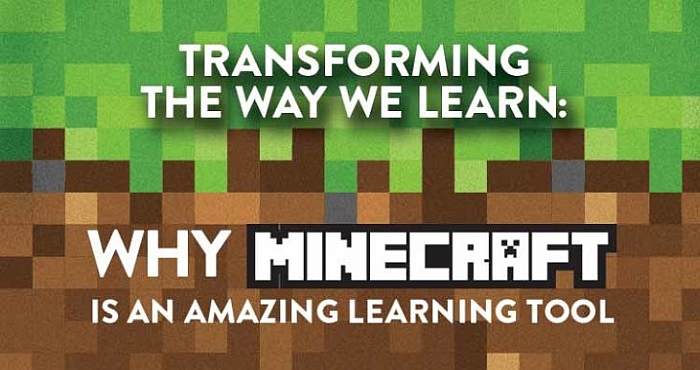
For those who do not know much about Minecraft, and do not have an enthusiastic young person to tell you about it, it is a concept game of an open world where you can build, mine, explore, fly and do lots of other things as well. Creative mode allows you to build using an unlimited number of blocks and to fly around your then created world.
Survival mode gives you the ability to create weapons using certain materials that can be found, to find food by hunting and by planting a garden, and building shelter as a protection against monsters. You can even play Minecraft in multiplayer, so that numbers of people can help to build the world at the same time as you are building.
School Teaching Tool
Minecraft and math, really, go hand in hand. For one thing, you can easily integrate the figuring of perimeter and area. Simply have your child build a square shape in the game. After doing so, count the number of blocks on each size to figure out the area and perimeter. For children who are older, such as elementary and middle school students, you can add in volume measuring as well. Older children should even be able to calculate exact data.
One topic that is often introduced in about the fifth grade is the idea of finding composite shapes. This can be taught through Minecraft by breaking down a composite shape into two shapes, using different blocks. Many times this will click for students who are not otherwise “getting it”.
In science, many students have a hard time understanding how ecosystems work. In Minecraft, you can download a world that introduces the idea of different habitats, and this works well. For older students learning the respiratory system, a Minecraft world can be downloaded that shows how air travels through the trachea and into the lungs, and finally, to the blood.
It might not seem relevant, but even reading can be worked on through Minecraft. Direct the child to take a scene from a book and recreate it. They can even place signs that go along with the story sequence, then have the child read it aloud. It can also help to teach comprehension, phonics and other topics the child may be struggling with.
For social studies, for instance, you could direct the child to a building from the 1800’s and allow them to recreate it, including features that are currently being studied.
